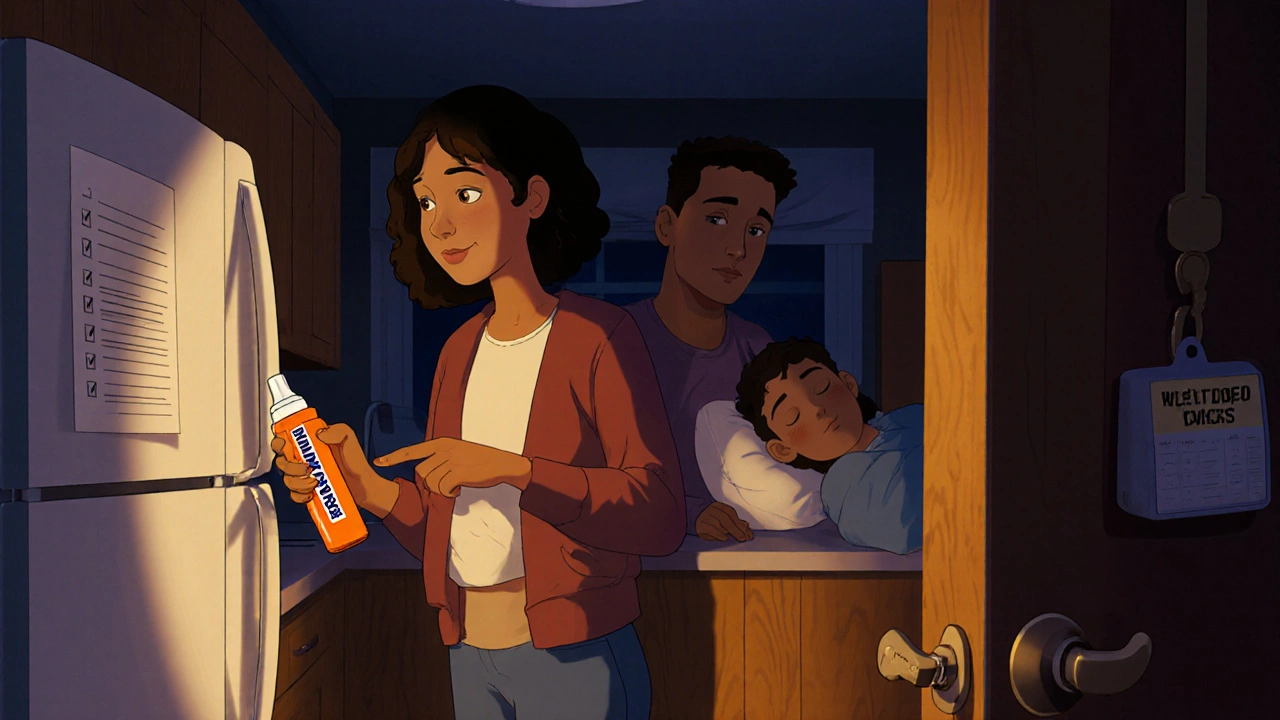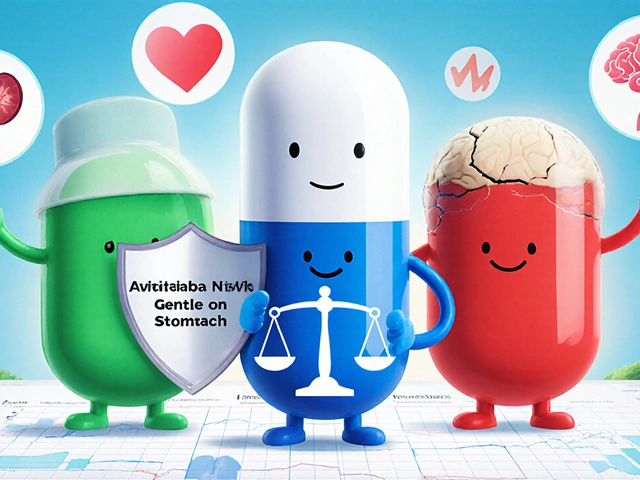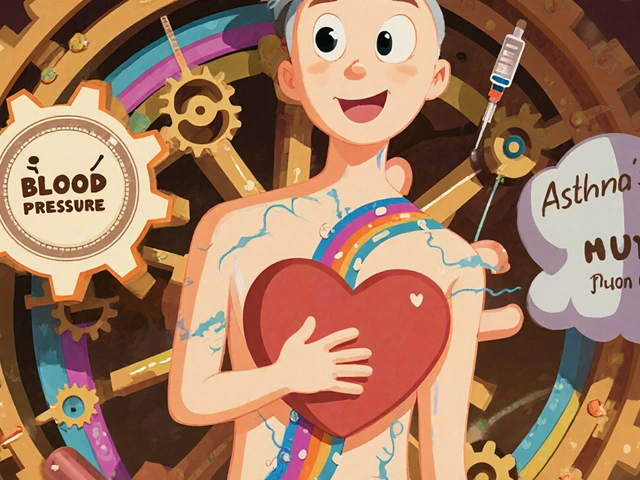Opioid Overdose Prevention: How to Save Lives and Recognize the Signs
When someone overdoses on opioids, a class of powerful pain-relieving drugs that include prescription pills, heroin, and fentanyl. Also known as narcotics, they slow breathing until it stops—often without warning. Opioid overdose prevention isn’t just about avoiding drugs. It’s about knowing what to do when things go wrong, who’s at risk, and how simple actions can bring someone back from the edge.
Naloxone, a medication that reverses opioid overdoses in minutes. Also known as Narcan, it’s safe, easy to use, and works even if you’re not a medical professional. Keep it on hand if you or someone you care about uses opioids—even if it’s just for pain. It doesn’t work on alcohol, benzodiazepines, or stimulants, but for opioids? It’s a lifeline. Many states now let you get it without a prescription at pharmacies. And yes, it’s okay to use it even if you’re not sure it’s an opioid overdose. Better safe than sorry.
Opioid addiction, a chronic condition where the brain gets stuck in a cycle of dependence. Also known as opioid use disorder, it’s not a moral failure—it’s a medical issue that changes how the brain responds to reward and stress. People don’t overdose because they’re reckless. They overdose because tolerance builds, doses creep up, or they relapse after a break and their body forgets how to handle the same amount. That’s why prevention includes more than naloxone. It includes talking openly, reducing stigma, and supporting recovery.
Know the signs: blue lips or fingernails, slow or stopped breathing, unresponsiveness, gurgling sounds like they’re choking. If you see this, call 911 first, then give naloxone. Don’t wait. Don’t assume they’ll wake up. Don’t leave them alone. Even if they seem fine after naloxone, they still need medical care—its effects wear off before the opioids do, and the overdose can come back.
Many of the posts here focus on real-world medication use—like how gabapentin interacts with opioids, or how muscle relaxants can increase overdose risk when mixed. Others cover pain management alternatives, like using physical therapy or diet to reduce reliance on pills. These aren’t just drug guides. They’re tools for smarter, safer choices. You’ll find advice on spotting dangerous combinations, understanding prescriptions, and finding help without shame.
This isn’t about scare tactics. It’s about giving people the facts they need to act. Whether you’re a parent, a caregiver, a person in recovery, or just someone who wants to be prepared—knowing how to prevent an opioid overdose could mean the difference between life and death. And you don’t need a degree to do it. You just need to know what to look for—and what to do next.

Naloxone Readiness Plan: How to Keep Patients Safe on Opioids
A naloxone readiness plan saves lives. Learn how to keep patients on opioids safe with easy steps to access, use, and store naloxone - the only medication that can reverse an opioid overdose in minutes.
Categories
- Health and Medicine (34)
- Health and Wellness (34)
- Medications (33)
- Online Pharmacy Guides (15)
- Nutrition and Supplements (7)
- Parenting and Family (3)
- Environment and Conservation (2)
- healthcare (1)
- prescription savings (1)



